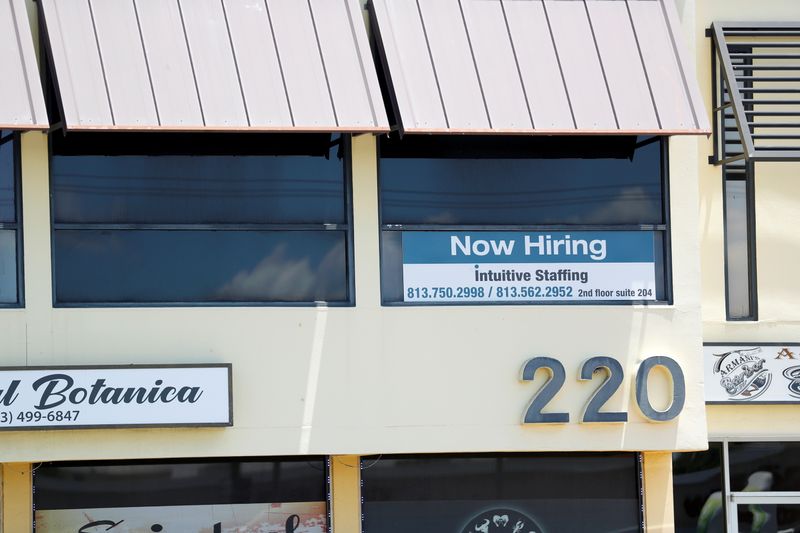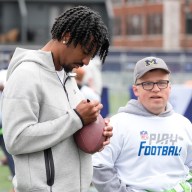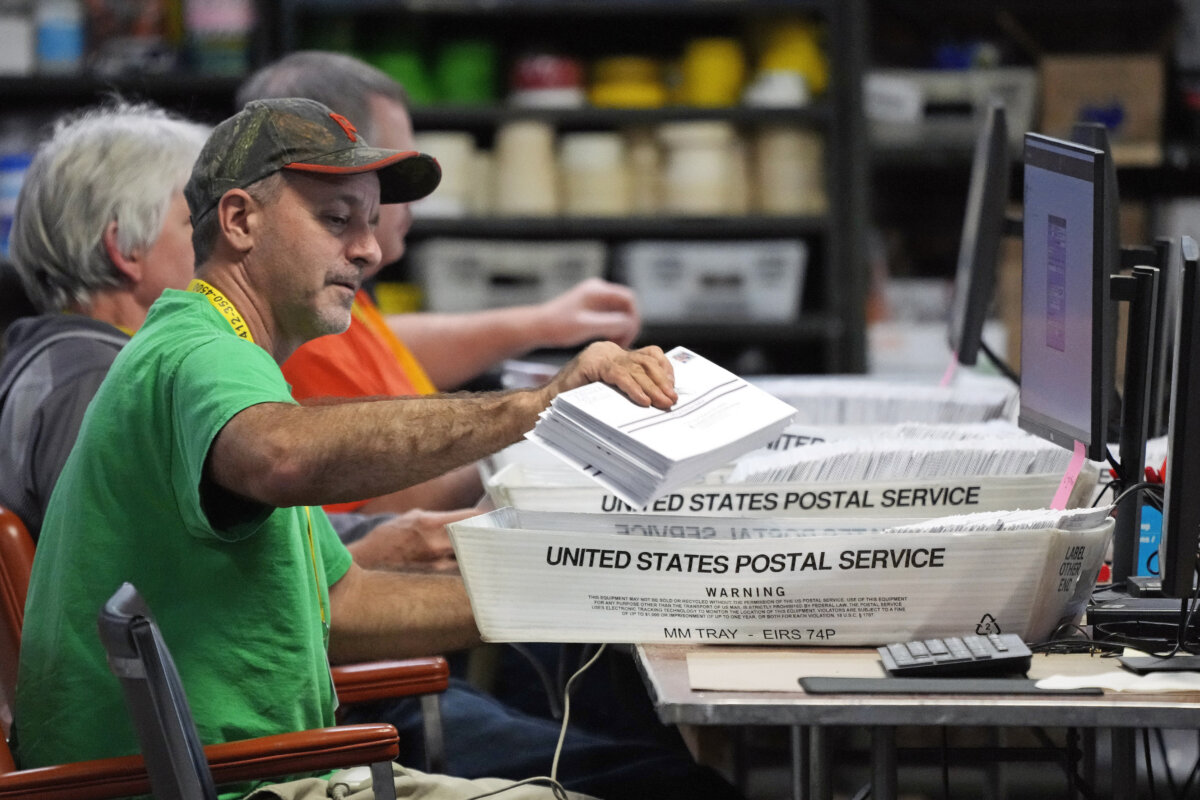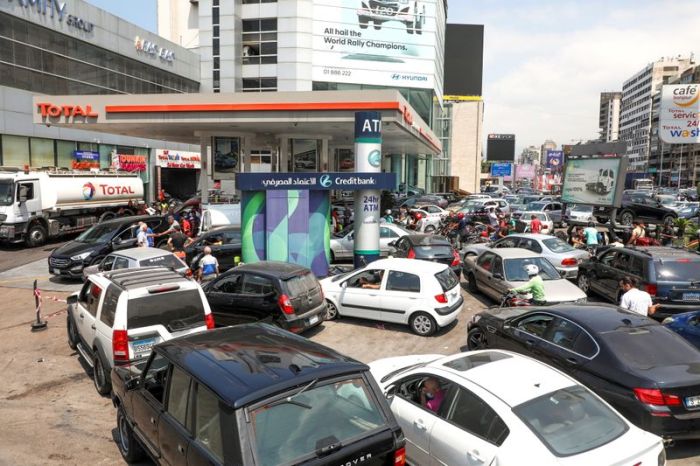WASHINGTON (Reuters) – The number of Americans filing new claims for jobless benefits fell to the lowest level in nearly 18 months last week, offering more evidence that job growth was being hindered by labor shortages rather than cooling demand for workers.
The weekly unemployment claims report from the Labor Department on Thursday, the most timely data on the economy’s health, also showed the number of people on state unemployment rolls plunging to levels last seen in mid-March 2020 when the economy was reeling from mandatory shutdowns of nonessential businesses to slow the first wave of COVID-19 cases.
The continued downward trend in layoffs followed on the heels of a report on Wednesday showing job openings raced to a new record high in July, indicating a tightening labor market, which some economists argued could put pressure on the Federal Reserve to announce when it would start scaling back its massive monthly bond-buying program. Fed Chair Jerome Powell has offered no signal on when the U.S. central bank plans to cut its asset purchases beyond saying it could be “this year.”
“There is likely to be a fierce debate at the coming Fed meeting on how tight the labor market is, but if policymakers focus on the most timely data we’ve got, they will realize that the labor market is close to meeting their more stringent criteria for an interest rate hike let alone the trigger for tapering,” said Chris Rupkey, chief economist at FWDBONDS in New York.
Initial claims for state unemployment benefits dropped 35,000 to a seasonally adjusted 310,000 for the week ended Sept. 4, the lowest level since mid-March 2020. Economists polled by Reuters had forecast 335,000 applications for the latest week.
Unadjusted claims, which economists say offer a better read of the labor market, fell 8,005 to 284,287 last week.
The second straight weekly decline in claims came even as filings surged in Louisiana after Hurricane Ida devastated U.S. offshore energy production and knocked off power. There were also notable increases in California, Virginia and Michigan. But those rises were offset by big decreases in claims in Florida, Georgia, New York, Missouri and Tennessee.
Claims have dropped from a record 6.149 million in early April 2020. They are closing in on the upper end of the 200,000-250,000 range viewed as consistent with healthy labor market conditions.
President Joe Biden hailed the declining claims as “further evidence of a durable economic recovery.”
Stocks on Wall Street were mixed. The dollar slipped against a basket of currencies. U.S. Treasury prices rose.
Graphic: Jobless claims – https://graphics.reuters.com/USA-STOCKS/zjvqkkxgevx/joblessclaims.png
DOWNWARD TREND
The continued downward trend in claims suggested the labor market was holding up, despite a resurgence in infections, driven by the Delta variant of the coronavirus. Rising cases contributed to holding back job growth in August, with nonfarm payrolls increasing only 235,000, the smallest gain since January. Payrolls surged 1.053 million in July.
“There has been no pickup in job separations even as the economy endures another wave of new virus infections,” said Conrad DeQuadros, senior economic advisor at Brean Capital in New York.
Job openings surged to a record 10.9 million at the end of July. The Fed’s Beige Book report compiled from information collected on or before Aug. 30 showed “all Districts noted extensive labor shortages that were constraining employment and, in many cases, impeding business activity.”
About 8.4 million people are officially unemployed. This labor market imbalance has been blamed on lack of affordable childcare, fears of contracting the coronavirus, generous unemployment benefits funded by the federal government as well as pandemic-related retirements and career changes.
There is cautious optimism that the labor crunch will ease starting in September following the expiration of the government-funded unemployment benefits on Monday, including a $300 weekly subsidy, blamed by businesses and Republicans for discouraging the jobless from seeking work.
The new school year is underway, with most school districts offering in-person learning.
But the Delta variant could cause reluctance among some people to return to the labor force. There is also no guarantee that the expiration of the expanded benefits will force the unemployed to look for work. An early termination of these benefits by about 25 states led by Republican governors over the summer did not expand the labor pool.
The claims report also showed the number of people continuing to receive benefits after an initial week of aid fell 22,000 to 2.783 million in the week ended Aug. 28, the lowest level since mid-March 2020.
At least 11.930 million people were receiving benefits under all programs during the week ended Aug. 21. According to Andrew Stettner, senior fellow at The Century Foundation, more than 8 million people lost all their pandemic benefits on Monday and another 2.1 million saw their benefits cut by $1,200 per month.
This so-called unemployment insurance cliff could contribute to curbing economic growth this quarter, though consumer spending is likely to remain underpinned by the strengthening labor market and the accompanying strong wage gains.
Households also accumulated more than $2 trillion in savings during the pandemic and have seen their wealth boosted by record-high stock market and house prices.
“That’s going to weigh on growth, but the consumer spending will still increase, just at a somewhat weaker pace,” said Gus Faucher, chief economist at PNC Financial in Pittsburgh, Pennsylvania.
Growth estimates for the third quarter have been slashed following dismal automobile sales in August, soaring COVID-19 cases and fading fiscal stimulus.
(Reporting By Lucia Mutikani; Editing by Chizu Nomiyama and Andrea Ricci)



















